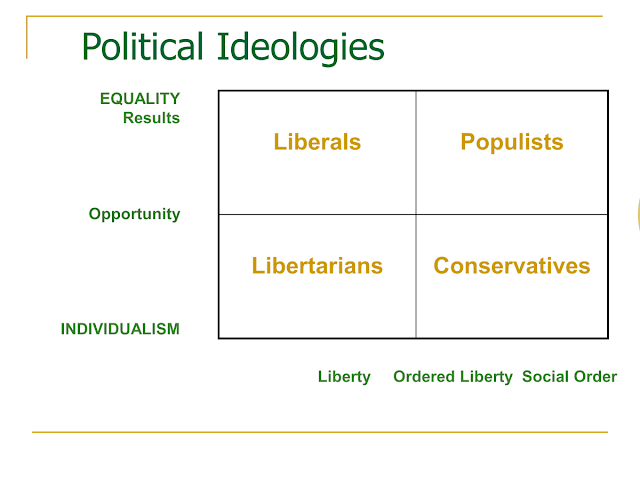Where We Are as a Nation
There are few books whose contents have had as big an impact on my view of politics and government as American Politics: The Promise of Disharmony by Samuel P. Huntington. During graduate studies at SIU-Carbondale in the late 1960s, I used Huntington's book on political development, Political Order in Changing Societies, to guide my master's thesis. Later, teaching at Austin Community College (ACC), I was drawn to American Politics: The Promise of Disharmony. In teaching, I've always believed that students need a compelling framework or theory on which to hang the concepts they learn in studying politics and government. Huntington provides such a framework.
I've written about this framework previously on this blog. In this post, I want to demonstrate how a large portion of the nation has adopted a radical revision of what Huntington described as the American Creed: five ideas that formed the promise and goal of American politics and government. Three of the five ideas pertain to politics: individualism, liberty, and equality. The other two ideas pertain to government. The following figure demonstrates the relationship among the three political ideas.
The anchor for the four ideologies is individualism. The division between liberty/social order and equality recognizes the inherent conflict between the ideals of equality and liberty/social order. Note that each of the combinations is favorable to the ideals of American politics. The four ideologies represent the possible combinations. According to one national survey, a plurality of Americans (42 percent) displays a combination of ideals that places them in the middle of the figure (called ambivalent by Keeter and Smith). Smaller percentages are liberals (18 percent), conservatives (15 percent), populists (16 percent), and libertarians (9 percent).
Although the axes are different, the conceptual framework is the same. All of these ideologies are within the range of fealty to the three ideas of the American Creed. But are most Americans still located there? Or are there many Americans, including a substantial number of elected officials, now holding issue positions that are outside the bounds of support for the three ideas?




Comments
Post a Comment